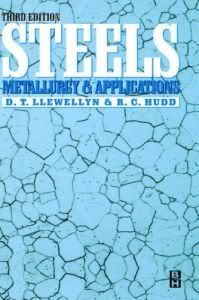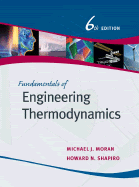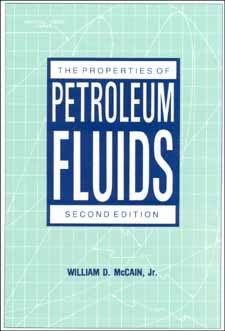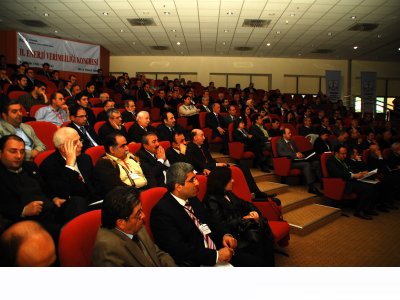ÖZET
Bu çalışmada; bilyalı, çubuklu ve otojen değirmenlerde öğütülmüş kalsit tanelerinin şekil özellikleri
taramalı elektron mikroskobu kullanılarak araştırılmış ve iki boyutlu olarak tane izdüşümlerinin ana
eksenleri ölçülerek uzama ve yuvarlaklık gibi şekil tanımlayıcılarıyla ifade edilmiştir. Yüzey pürüzlülüğü
değerleri iki farklı ölçüm tekniği ile tayin edilmiştir. Tanelerin Branauer-Emmet-Teller yüzey alanına
dayanan ilk ölçüm hesaplanmış yüzey pürüzlülüğü, RBET ile ifade edilmiştir. İkinci ölçüm ise Surtronic 3+
enstrümanı kullanarak pelet formuna getirilmiş tanelerin yüzey pürüzlülüğü, Ra parametresi ile ifade
edilmiştir. Öğütülmüş kalsit ürünlerinin ıslanabilirlik karakteristikleri (yc) sırasıyla EMDEE MicroFLOT
Agitator ve Rame-Hart goniometer kullanarak mikroflotasyon ve temas açısı ölçüm teknikleriyle
belirlenmiştir. Son olarak, kalsit numunesinin şekil, pürüzlülük ve ıslanabilirlik özellikleri arasında bazı
korelasyonlar bulunmuştur. Sonuçlar, çalışılan kalsit minerali için, uzamanın ıslanabilirliği azalttığını,
yuvarlaklık ve pürüzlülüğü ise artırdığını göstermiştir.
Anahtar Sözcükler: Uzama, Yuvarlaklık, Pürüzlülük, Islanabilirlik, Öğütme, Kalsit.
ABSTRACT
In this study, shape characteristics of caicite particles ground by ball, rod and autogenous mills were
investigated using SEM and expressed by the shape descriptors such as elongation and roundness by
measuring major and minor axes of the silhouette of the particle in two dimensions. Surface roughness
values were determined by two measurement techniques. The first measurement, which was based on
BET surface area of particles, was stated in terms of the calculated surface roughness (RBET) values.
The second measurement was stated as the parameters of Ra values on the pelleted surfaces of the
particles by using Surtronic 3+ instrument. The wettability characteristics (yc) of ground caicite products
were determined by microflotation and contact angle measurement techniques using the EMDEE
MicroFLOT Agitator and Rame-Hart goniometer, respectively. Finally, some correlations were
established between the shape properties, surface roughness values and the wettability characteristics
of the caicite samples. The results revealed that elongation and smoothness decreased the wettability,
while roundness and roughness caused an increase in wettability for caicite mineral.
Keywords: Elongation, Roundness, Roughness, Wettability, Grinding, Caicite.
[Devamini Okuyun…]


![[Solution]Strength of Materials Fourth Edition by Pytel and Singer [Solution]Strength of Materials Fourth Edition by Pytel and Singer](http://www.khailtamasha.com/uploads/posts/2008-05/1211298308_b898_1.jpg)


